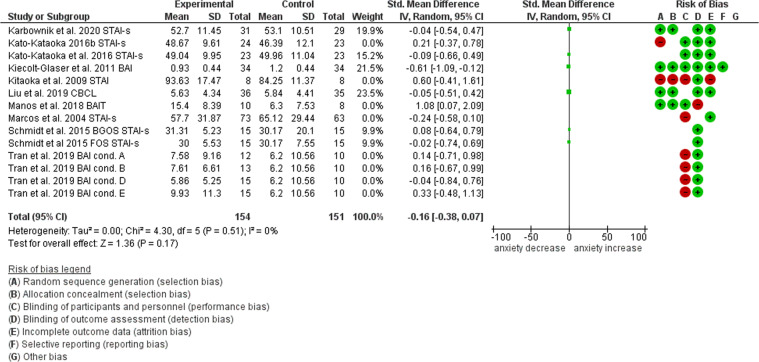Fig. 4. Forest plot excluding the studies at high risk of bias.
Reasons for high risk are as follows: A Marcos et al. 33: concerns in regards to the randomization and allocation sequence and non-blinded design; B Kitaoka et al. 39: unclear anxiety score differences at baseline between the active and control group, absence of a participants flow diagram and of any relevant information about intervention adherence and missing data; C Manos et al. 36: unclear anxiety score differences at baseline between active (severe anxiety levels) and control (moderate anxiety levels) groups, not specified reasons for no intervention adherence and missing data, no measurement of state anxiety; D Kato-Kataoka et al. 29: no randomized allocation, significantly different anxiety scores at baseline (p < 0.05) between the active and control group; E Tran et al. 30: concerns in regard with randomization and allocation process, not enough information about adherence to the intervention and missing data, concerns about the performed statistical analyses.

